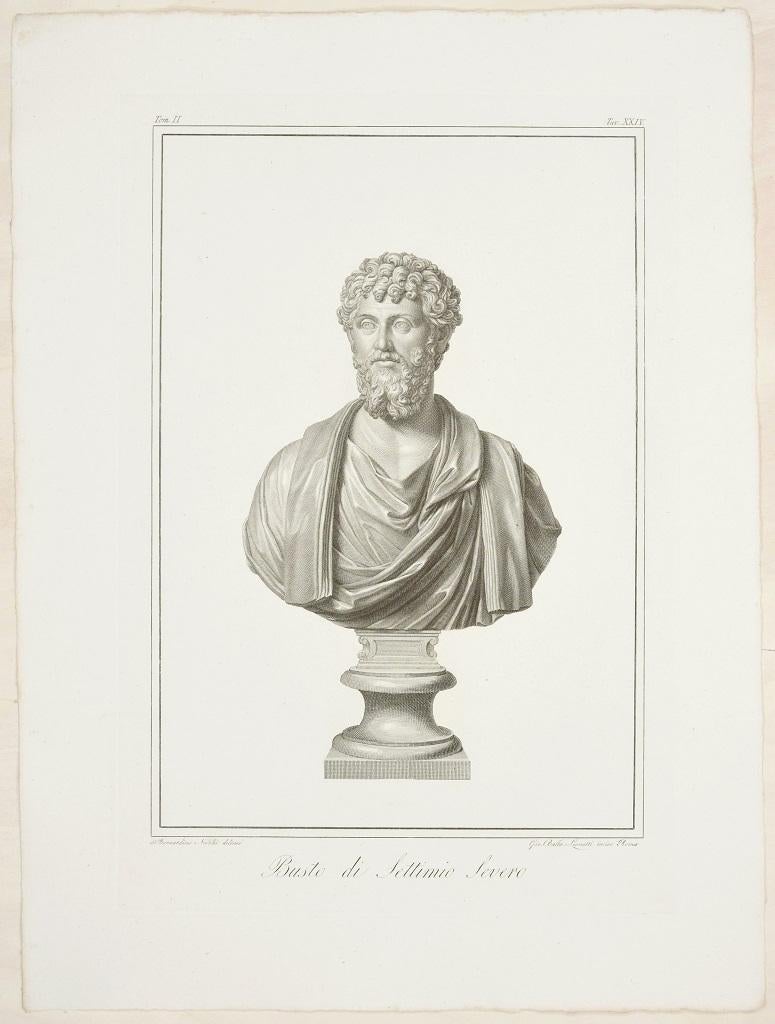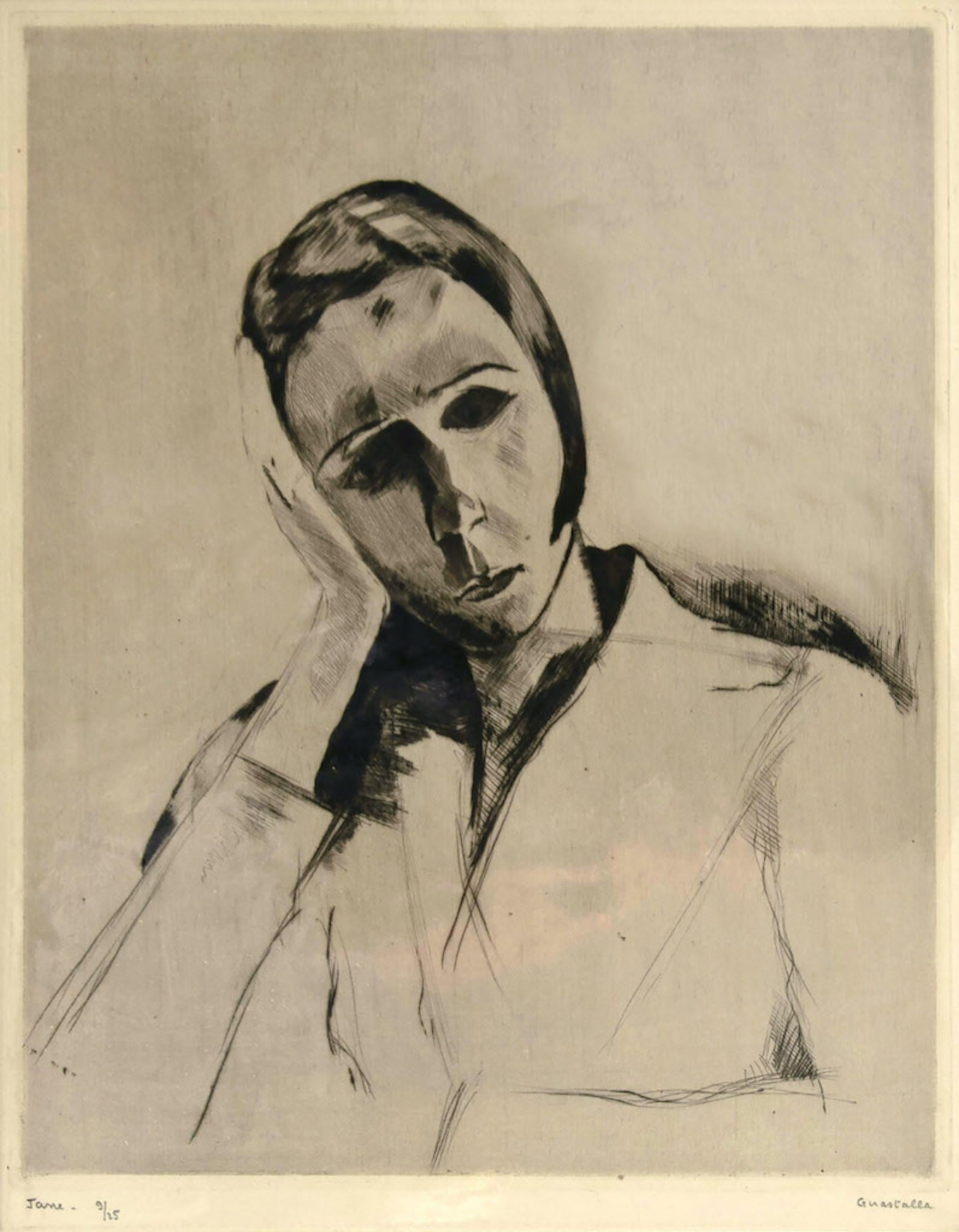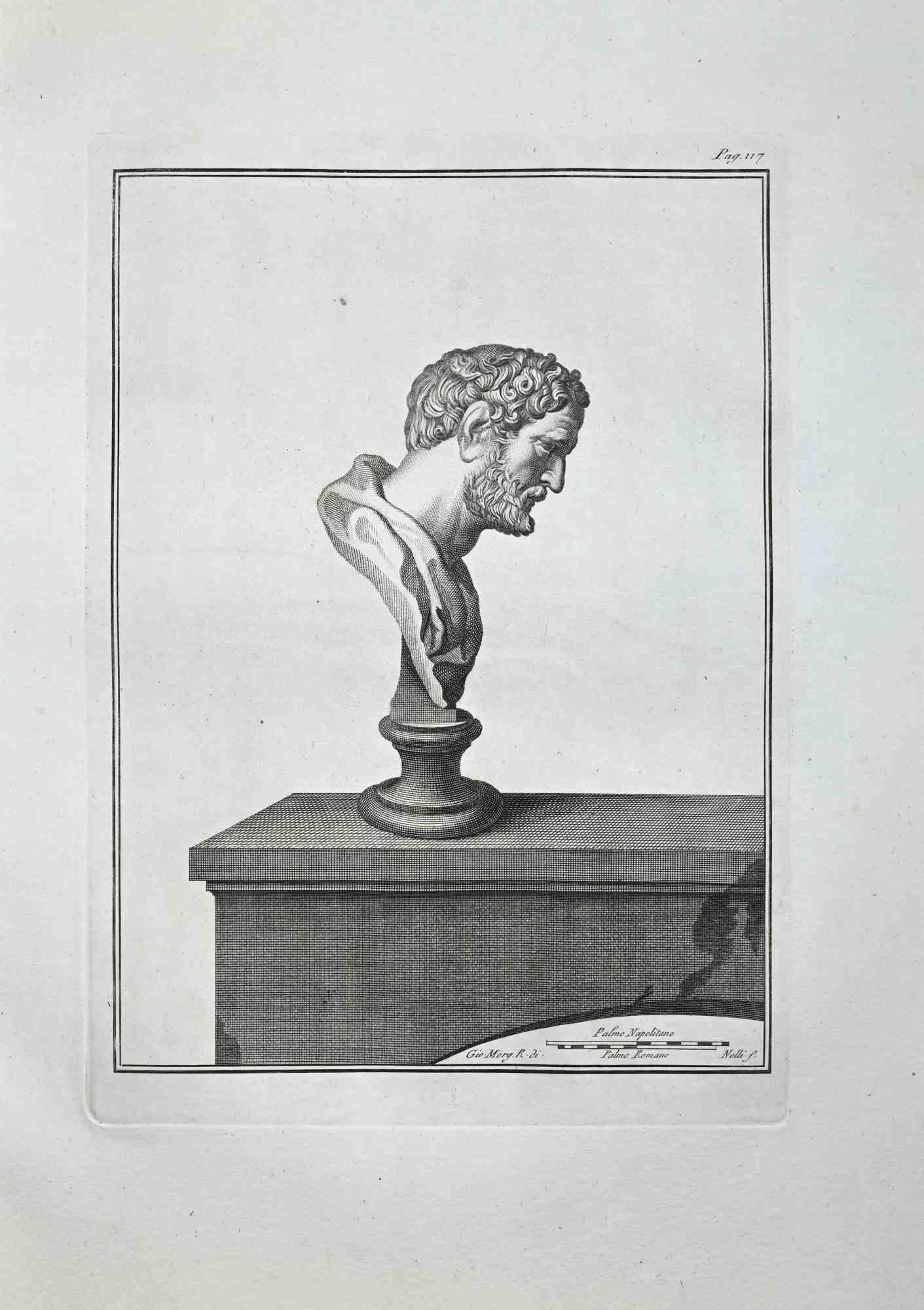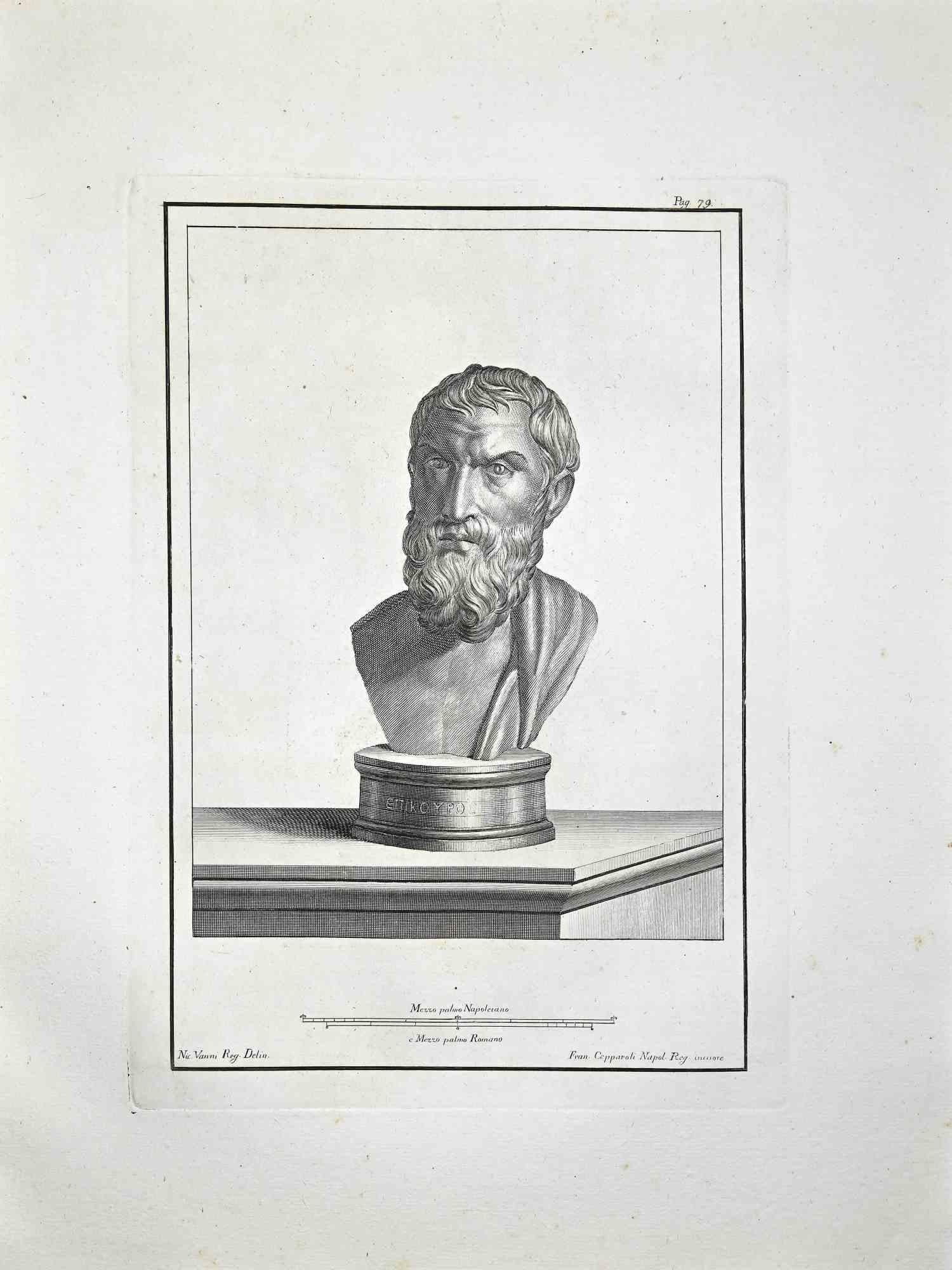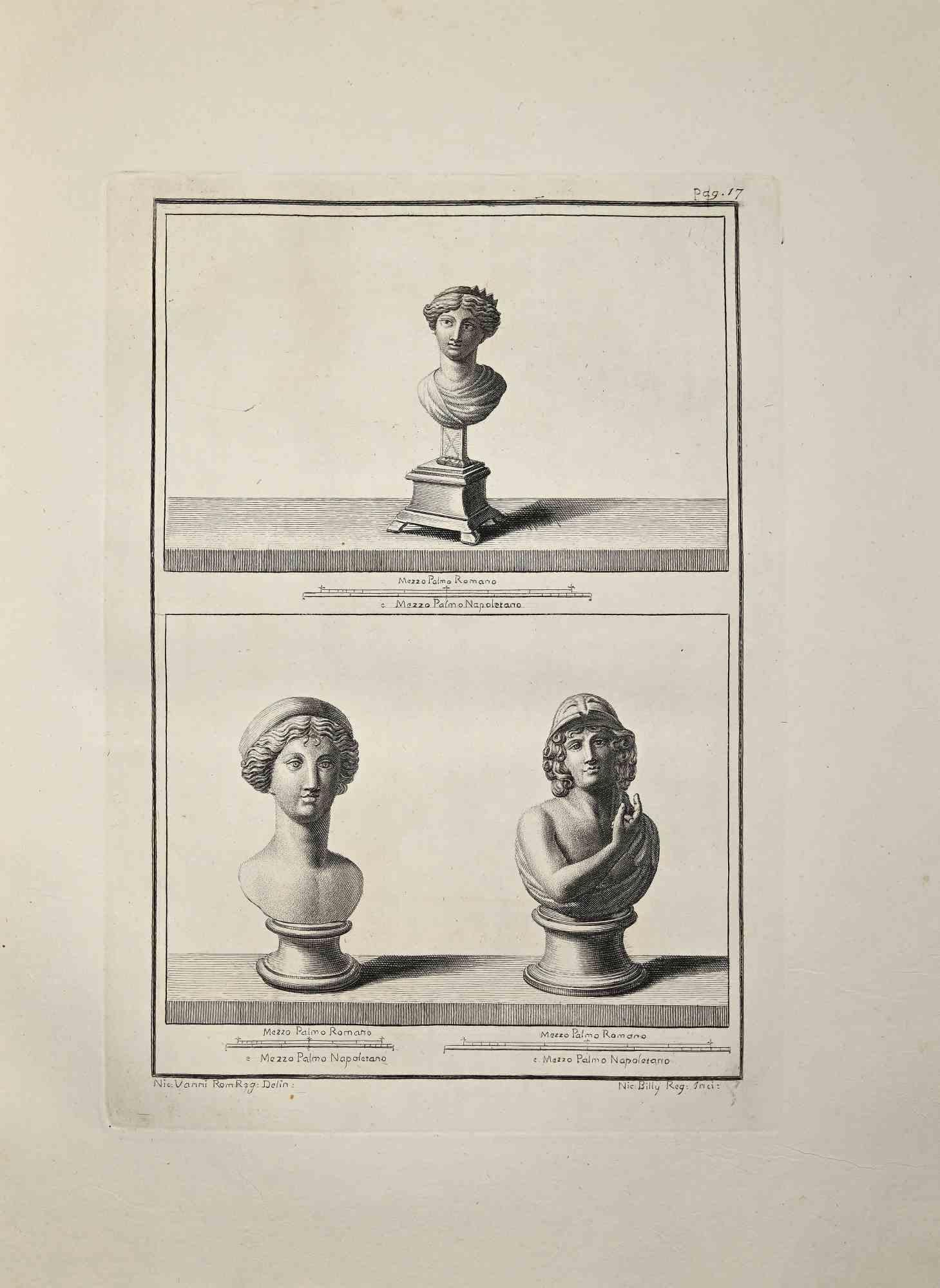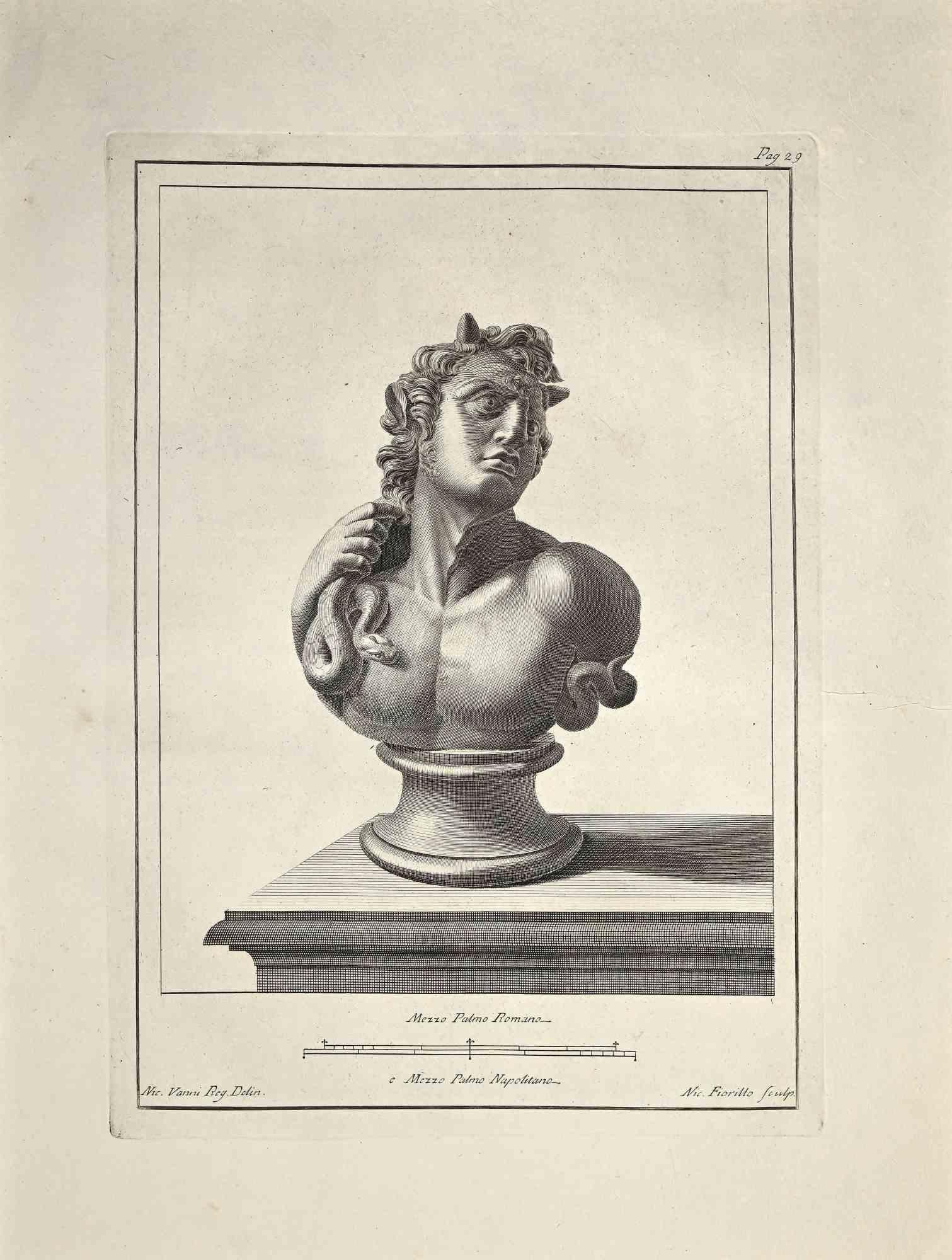Salvador DalíRembrandt
About the Item
- Creator:Salvador Dalí (1904 - 1989, Spanish)
- Dimensions:Height: 12 in (30.48 cm)Width: 10 in (25.4 cm)
- Medium:
- Movement & Style:
- Period:
- Condition:
- Gallery Location:Missouri, MO
- Reference Number:1stDibs: LU747314093812
Salvador Dalí
Instantly recognizable by his waxed, upturned mustache, the flamboyant Salvador Dalí is one of modern art’s most distinctive figures. He is also one of the icons of the 20-century avant-garde Surrealist movement, whose dreamlike images, drawn from the depths of the unconscious, he deployed in paintings, sculptures, prints and fashion, as well as in film collaborations with Luis Buñuel and Alfred Hitchcock.
Dalí was born in Figueres, Catalonia, and even as a youngster, displayed the sensitivity, sharp perception and vivid imagination that would later define his artworks. In these, he conjured childhood memories and employed religious symbols and Freudian imagery like staircases, keys and dripping candles to create unexpected, often shocking pieces.
Dalí's use of hyperrealism in conveying Surrealist symbols and concepts that subvert accepted notions of reality is epitomized in what is perhaps his most recognizable painting, The Persistence of Memory (1931), in which he depicts the fluidity of time through melting clocks, their forms inspired by Camembert cheese melting in the sun. His artistic genius, eccentric personality and eternal quest for fame made him a global celebrity.
“Each morning when I awake, I experience again a supreme pleasure,” he once said. “That of being Salvador Dalí.”
Find original Salvador Dalí paintings, prints, sculptures and other works on 1stDibs.
- ShippingRetrieving quote...Ships From: Missouri, MO
- Return PolicyA return for this item may be initiated within 2 days of delivery.
- "Mlle Landsberg" (grade planche, pl. 16)By Henri MatisseLocated in Missouri, MO"Mlle Landsberg" (grade planche, pl. 16), 1914 Henri Matisse (French, 1869-1954) Signed and Numbered Lower Right Edition 12/15 Image size: 7 7/8 x 4 5/16 inches Sheet size: 17 11/16 x 12 1/2 inches With frame: 19 1/2 x 14 1/2 inches Henri Matisse came from a family who were of Flemish origin and lived near the Belgian border. At eight o'clock on the evening of December 31, 1869, he was born in his grandparents' home in the town of Le Cateau in the cheerless far north of France. His father was a self-made seed merchant who was a mixture of determination and tightly coiled tension. Henri had no clear idea of what he wanted to do with his life. He was a twenty-year-old law clerk convalescing from appendicitis when he first began to paint, using a box of colors given to him by his mother. Little more than a year later, in 1890, he had abandoned law and was studying art in Paris. The classes consisted of drawing from plaster casts and nude models and of copying paintings in the Louvre. He soon rebelled against the school's conservative atmosphere; he replaced the dark tones of his earliest works with brighter colors that reflected his awareness of Impressionism. Matisse was also a violinist; he took an odd pride in the notion that if his painting eye failed, he could support his family by fiddling on the streets of Paris. Henri found a girlfriend while studying art, and he fathered a daughter, Marguerite, by her in 1894. In 1898 he married another woman, Amelie Parayre. She adopted the beloved Marguerite; they eventually had two sons, Jean, a sculptor and Pierre who became an eminent art dealer. Relations between Matisse and his wife were often strained. He often dallied with other women, and they finally separated in 1939 over a model who had been hired as a companion for Mme. Matisse. She was Madame Lydia, and after Mme. Matisse left, she remained with Matisse until he died. Matisse spent the summer of 1905 working with Andre Derain in the small Mediterranean seaport of Collioure. They began using bright and dissonant colors. When they and their colleagues exhibited together, they caused a sensation. The critics and the public considered their paintings to be so crude and so roughly crafted that the group became known as Les Fauves (the wild beasts). By 1907, Matisse moved on from the concerns of Fauvism and turned his attention to studies of the human figure. He had begun to sculpt a few years earlier. In 1910, when he saw an exhibition of Islamic art, he was fascinated with the multiple patterned areas and adapted the decorative universe of the miniatures to his interiors. As a continuation of his interest in the "exotic", Matisse made extended trips to Morocco in 1912 and 1913. At the end of 1917, Matisse moved to Nice; he would spend part of each year there for the remainder of his life. A meticulous dandy, he wore a light tweed jacket amd a tie when he painted. He never used a palette, but instead squeezed his colors on to plain white kitchen dishes...Category
1910s Fauvist Figurative Prints
MaterialsEtching, Drypoint
- The Hymn SingerBy Thomas Hart BentonLocated in Missouri, MOSigned in Pencil Lower Right Ed. 500 Circulated by Twayne Publishers, New York City Image Size: 16 x 12 3/8 Framed Size: 24 1/4 x 20 1/2 inches The legendary actor actor and musici...Category
1950s American Realist Portrait Prints
MaterialsLithograph
- Canyon Road, Sante FeBy Will (William Howard) ShusterLocated in Missouri, MOCanyon Road, Santa Fe By. William Howard Shuster (American, 1893-1969) Signed Lower Right Edition of 100 Lower Center Titled Lower Left Unframed: 4" x 4.75" Framed: 15.75" x 15.25" ...Category
20th Century American Modern Landscape Prints
MaterialsEtching
- l Teatro delle MaschereBy Marino MariniLocated in Missouri, MOMarino Marini "ll Teatro delle Maschere" 1973 Lithograph Signed and Numbered Ed. 25 Sheet Size: approx 27.5 x 39 inches Framed Size: approx 35 x 47 inches Marino Marini (February 27...Category
1970s Modern Figurative Prints
MaterialsEtching, Aquatint
- Qua-Ta-Wa-Pea or Col. Lewis. A Shawnee Chief.By McKenney & HallLocated in Missouri, MOMCKENNEY, Thomas L. (1785-1859) and James HALL (1793-1868) Qua-Ta-Wa-Pea or Col. Lewis. A Shawnnee Chief. Philadelphia: E.C. Biddle, 1836. Hand-coloured lithograph. Image size (including text): 14 3/8 x 10 inches. Sheet size: 20 x 14 1/8 inches. Framed size: 24 x 20 3/8 A fine image from McKenney and Hall's 'Indian Tribes of North America': `One of the most important [works] ever published on the American Indians' (Field),` a landmark in American culture' (Horan) and an invaluable contemporary record...Category
1830s Portrait Prints
MaterialsLithograph
- Tshusick, An Ojibway WomanBy McKenney & HallLocated in Missouri, MOLithograph with original hand color. Sheet size: 18.5 x 13.25 inches. Framed Size: 24 x 20 3/8 inches Date : c. 1836-44 Mckenney and Hall's hand colored lithographs remain some of...Category
1830s American Realist Portrait Prints
MaterialsLithograph
- Bust of Septimius Severus - Original Etching by G.B. Leonetti After B. NocchiLocated in Roma, IT“Busto di Settimio Severo” (Bust of Settimio Severo) is a beautiful black and white burin and etching on paper, realized by the Italian artist Giovanni Battista Leonetti , after Bernardino Nocchi...Category
1820s Modern Figurative Prints
MaterialsEtching
- Portrait - Original Etching by Pierre Guastalla - 20th CenturyBy Pierre GuastallaLocated in Roma, ITPortrait is an original etching on paper realized by Pierre Guastalla (1891-1968). Hand-signed on the lower right in pencil. Numbered, edition of 9/25 pints, on the lower left in pe...Category
20th Century Modern Portrait Prints
MaterialsEtching
- Profile of Ancient Roman Bust - Etching by Bernardino Nolli - Late 18 CenturyBy Bernardino NolliLocated in Roma, ITProfile of Ancient Roman Bust, from the series "Antiquities of Herculaneum", is an original etching on paper realized by Bernardino Nolli. Signed on the plate, on the lower right. ...Category
Late 18th Century Modern Figurative Prints
MaterialsEtching
- Ancient Roman Bust - Etching by Francesco Cepparoli - Late 18 CenturyBy Francesco CepparoliLocated in Roma, ITAncient Roman Bust, from the series "Antiquities of Herculaneum Exposed", is an original etching realized by Francesco Cepparoli in the late 18th Century. Signed on the plate. Good...Category
Late 18th Century Modern Figurative Prints
MaterialsEtching
- Ancient Roman Busts - Etching by Nicola Billy - Late 18 CenturyLocated in Roma, ITAncient Roman Busts, from the series "Antiquities of Herculaneum Exposed", is an original etching realized by Nicola Billy in the late 18th Century. Signed on the plate. Good condi...Category
Late 18th Century Modern Figurative Prints
MaterialsEtching
- Ancient Roman Bust - Etching by Nicola Fiorillo - Late 18 CenturyLocated in Roma, ITAncient Roman Bust, from the series "Antiquities of Herculaneum Exposed", is an original etching realized by Nicola Fiorillo in the late 18th Century. Signed on the plate. Good con...Category
Late 18th Century Modern Figurative Prints
MaterialsEtching
